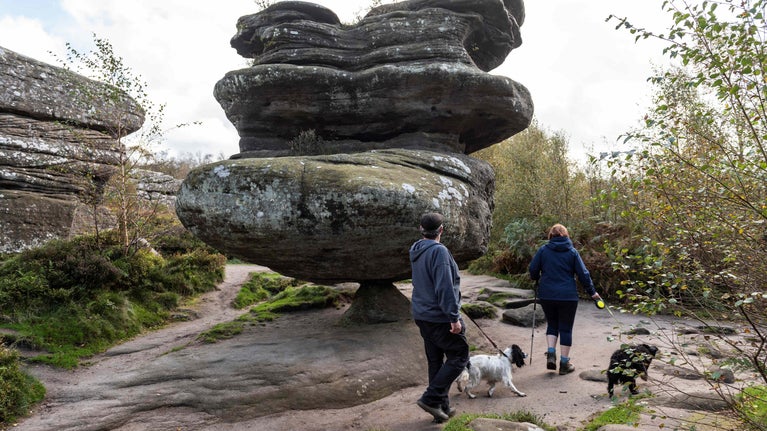2024
'Migrations of Stone' by Natalie Anastasia Davies
In 2024, National Trust Brimham Rocks partnered with the Yorkshirebased arts charity Word Up North to appoint poet Natalie Anastasia Davies as their new Writer in Residence. Natalie is a Yorkshire-born poet and facilitator of Grenadian descent. Over a series of months, Natalie immersed herself in the site at Brimham Rocks; meeting visitors and volunteers, traversing the natural spectacle of the giant rock formations and heather moorland and exploring the ecology and history of a site sculpted by 320 million years of movement and hundreds of thousands of years of ice, rain and wind. ‘Migrations of Stone’ is her poetic response.
You can now pick up a copy of ‘Migrations of Stone’ and see a video of the poem being performed by Natalie Anastasia Davies in the Visitor Centre.
Allow video to play? This page contains content that is published to YouTube.
We ask for your permission before anything is loaded, as this content may introduce additional cookies. You may want to read the Google YouTube terms of service and privacy policy before accepting.















